FEATURES
Why some Porsche cars have their engine in the rear
But honestly, if you’re asking why cars like the Panamera don’t have their engine in the rear like the 911 does, it all comes down to cost.
The 911 is an awesome sports car. The rear engine layout gives it a peculiarly rear-heavy weight distribution, which is awesome when you’re on the brakes, as there’s more traction on the rear tires than most cars, allowing for supercar-level stopping power. And on corner exit, having all the weight back there gives you more traction under acceleration, as well. Especially compared to front-engined competitors.
You’d think that the snap oversteer 911s are famous for would be the reason the Panamera isn’t rear engined. Having the weight of the engine in the back causes the car to pendulum out wildly in a corner when you’re turning in on the brakes. Well… it used to. But Porsche has mostly engineered out that propensity, and you’re more likely to understeer in a modern Porsche due to the lack of weight on the front tires. (which really, wouldn’t be an issue in a sedan-type 911…)
What about packaging?
The 911’s rear engine placement requires some sacrifices. The wheelbase is very short because the nose has to balance out the tail. The passenger cabin moves backwards because of the front wheels being pushed back. Which means the rear seats are all but useless on a 911, compared to a similarly sized front-engine 2+2. But then, this is on a sports car that needs a small footprint.
On a longer sedan, as on later Tatras, you could package the car so that the weight balance is rather benign, or closer to that of a mid-engined supercar than a rear engined sledgehammer like the 911. And you’d get a useful frunk up front, too! Granted, engine cooling will be difficult, but Porsche has been dealing with rear-engine cooling for years. So that’s not it.
The real reason is money. To develop an all-new rear-engine platform for use in a new SUV or sedan costs money. The Cayenne was the model that saved the Porsche brand. Because it was based on the same platform as the Touareg and Q7, and thus required no specific platform engineering and could use the same family of engines. All Porsche had to do was make it drive better than other VW-Audi Group SUVs. The Panamera followed, using many of the same engines and drivetrain components as the Cayenne, which meant the same front-engine layout.
Now, the Porsche flat six is a fantastic engine, but if you want to sell a lot of Cayennes and Panameras, you need a comprehensive line-up of engines. Including bigger, understressed 8-cylinder units, and the diesels many SUV and sedan buyers look for in Europe. Engine development costs money. And none of those engines would ever go in the 911. So it makes sense to use existing engine families or to share development costs with other VW-Audi products. Which means you need to make your new cars front-engined, anyway.
In an ideal world, if Porsche had a lot of money, all its cars would be rear-engined. Or maybe not. But in this world, the front-engine layout is the way to go for anything that’s not a 911 or a 918.
Which is why, most Porsches sold today have their engines up front.
-

 AVIATION5 years ago
AVIATION5 years agoPhoto News: Air Peace commence flight operations to South Africa
-
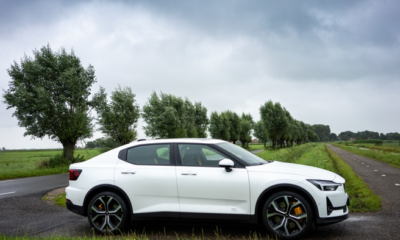
 Car News5 years ago
Car News5 years agoPolestar is recalls over 2000 electric cars due to software bug
-
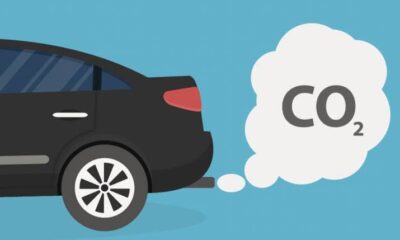
 Technology5 years ago
Technology5 years agoCommon mistakes in CO₂ emissions calculations
-

 RAIL4 years ago
RAIL4 years ago36 Killed in Pakistan Train Accident
-
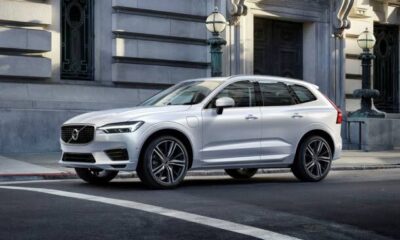
 Business5 years ago
Business5 years ago2016 Volvo XC60 review and specifications
-
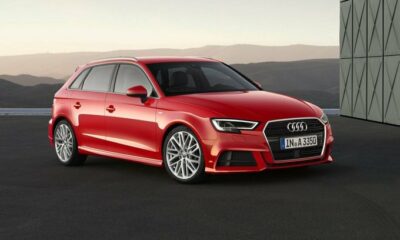
 Reviews5 years ago
Reviews5 years ago2021 Audi A6 Specifications and Review
-
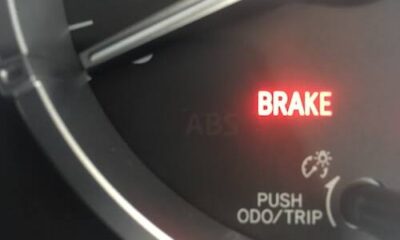
 SAFETY / CAR CARE5 years ago
SAFETY / CAR CARE5 years agoHandbrake warning light; what it means and what to do
-

 NEWS4 years ago
NEWS4 years agoFG To Spend ₦900 Billion On Fuel Subsidy In 2022
